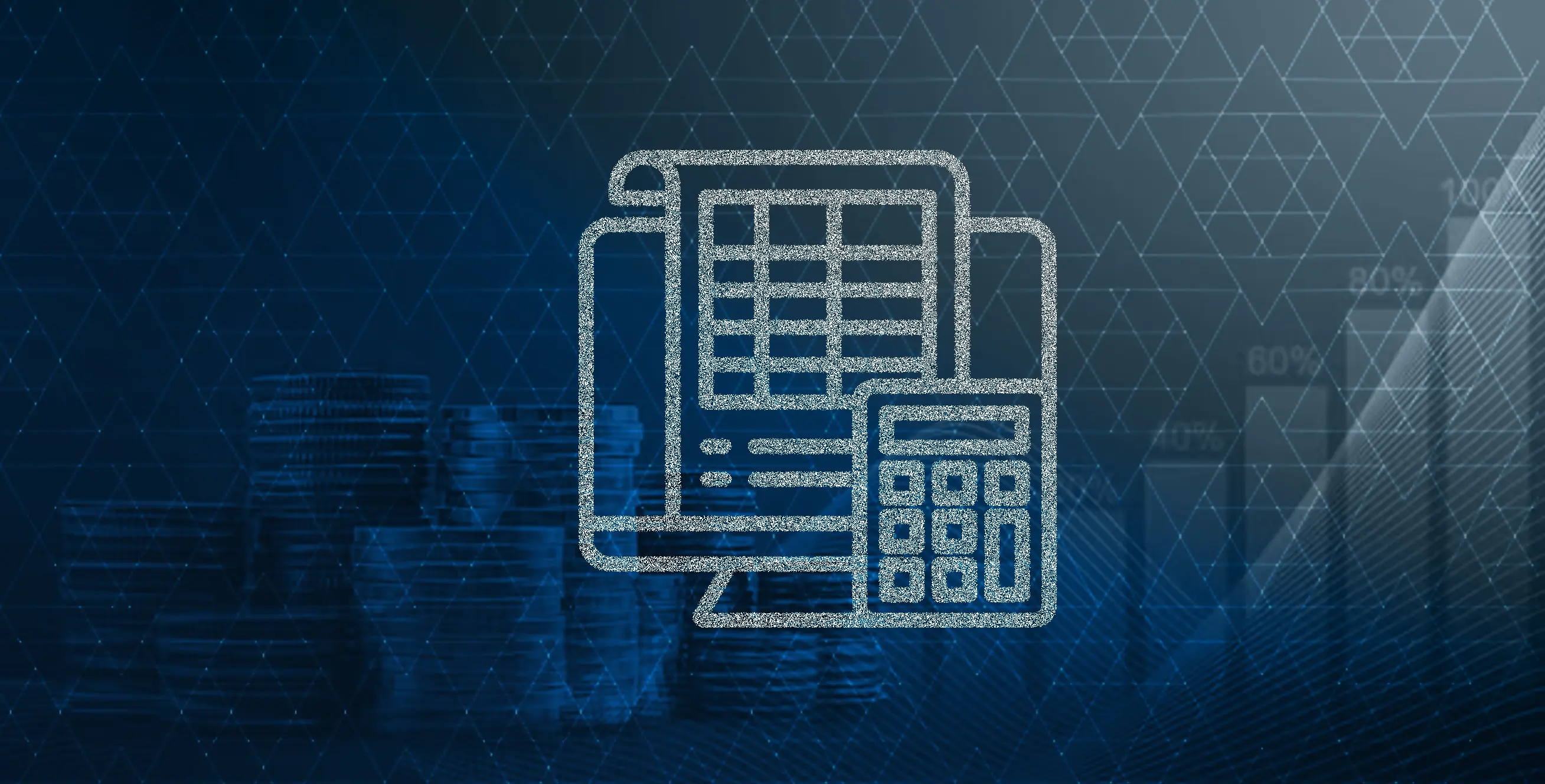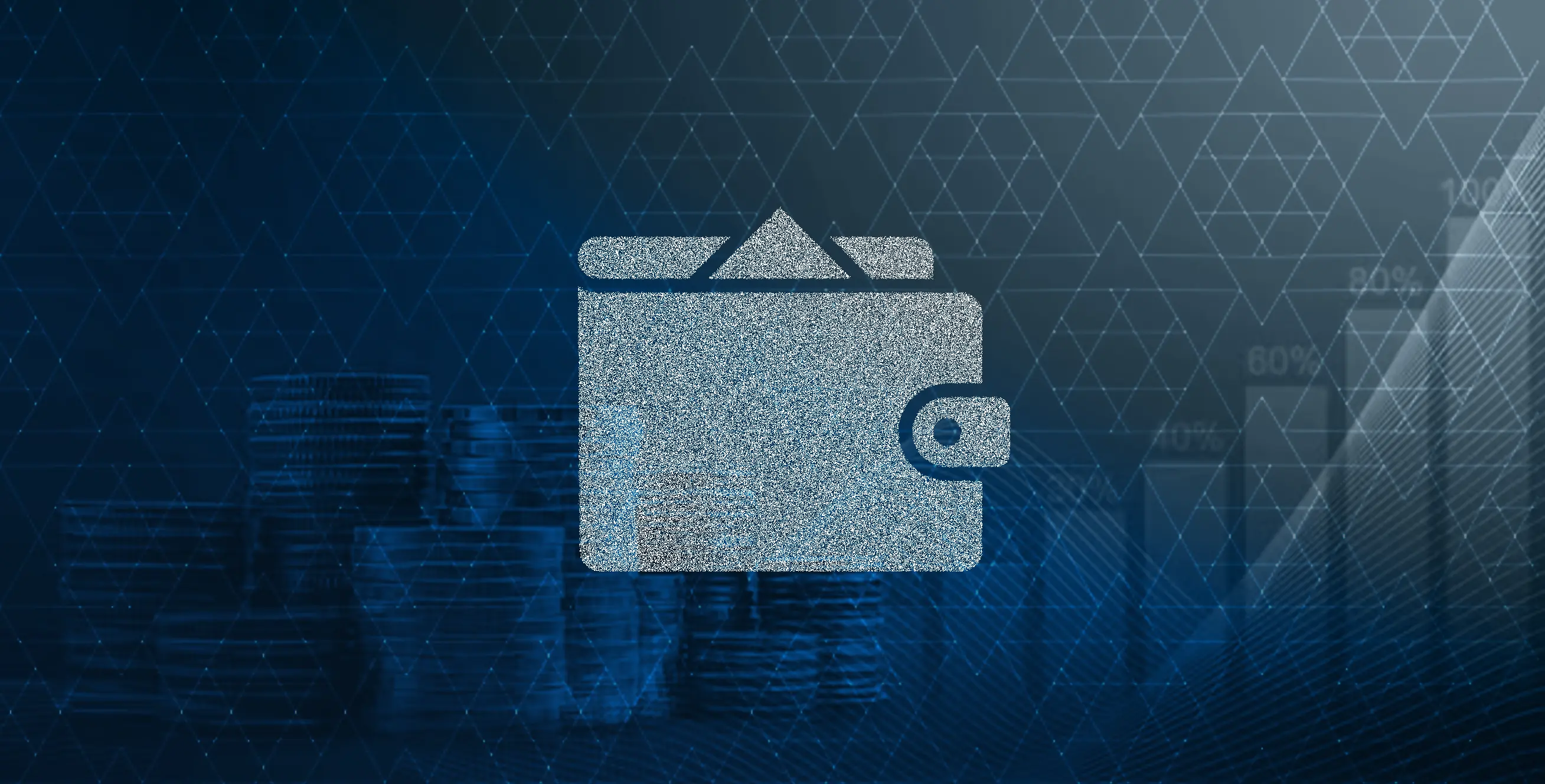
Managing money is at the heart of every business. So, many business owners and finance leaders find themselves asking the same question: Do I need simple accounting software, or is it time to invest in a full ERP system?
Choosing the wrong one can slow growth, drain resources, or leave blind spots in decision-making. This blog breaks down the differences between ERP and accounting software so you can make a future-ready choice.
ERP vs Accounting Software: Comparison Table
What is Accounting Software?
Accounting software is a digital tool designed to help businesses manage, record, and report their financial transactions. Its core purpose is to streamline bookkeeping tasks, ensure accuracy in financial data, and simplify compliance with tax and regulatory requirements.
Accounting software focuses strictly on financial management rather than overall business operations.
Key Features of Accounting Software
- General Ledger: Maintains a central record of all financial transactions.
- Accounts Payable & Accounts Receivable: Tracks money owed to suppliers and money owed by customers.
- Expense Tracking & Invoicing: Automates the recording of business expenses and generates customer invoices.
- Payroll & Tax Filing: Calculates salaries, deductions, and automates tax reporting.
- Financial Reporting: Generates profit & loss statements, balance sheets, and cash flow reports.
What is ERP Software?
Enterprise Resource Planning (ERP) software is an integrated system that connects multiple business functions, including finance, operations, HR, supply chain, and customer management, into a single platform.
Its core purpose is to create a centralized database that provides real-time visibility across departments, enabling businesses to operate more efficiently, reduce duplication of effort, and make data-driven decisions. ERP goes beyond bookkeeping to manage the entire business ecosystem.
Key Features of ERP Software
- Finance and Accounting: Automates bookkeeping, budgeting, financial planning, and compliance across multiple entities.
- Inventory and Supply Chain Management: Tracks stock levels, orders, procurement, and logistics to streamline operations.
- Human Resources and Payroll: Manages employee data, recruitment, benefits, time tracking, and payroll.
- Customer Relationship Management (CRM): Integrates customer data, sales pipelines, and support functions to improve customer engagement.
- Business Intelligence and Analytics: Provides dashboards, forecasting tools, and advanced reporting for better decision-making.
ERP vs Accounting Software: Key Differences
1. Scope of Functionality
Accounting Software:
Primarily designed to handle financial transactions and records. It focuses on bookkeeping, invoicing, expense tracking, tax management, and generating standard financial reports. Its functionality is efficient for businesses that need to manage accounting and finance operations.
ERP Software:
Goes far beyond accounting. In addition to financial management, it integrates supply chain operations, inventory, HR, payroll, CRM, and even production planning in some cases. ERP provides a single, centralized system that supports the entire organization, ensuring all departments share the same real-time data.
2. Scalability
Accounting Software:
Best suited for small and medium-sized enterprises (SMEs), startups, and freelancers. These tools are designed to handle basic to moderately complex financial operations but often reach their limits as businesses expand into multiple departments, locations, or regions. Adding advanced features usually requires third-party integrations, which can create complexity.
ERP Software:
Built for scalability, ERP systems can adapt to the growth of an organization. As a business expands, whether by adding new product lines, branches, or international operations, ERP can seamlessly accommodate more users, higher transaction volumes, and additional modules (like HR, CRM, or supply chain).
3. Integration Capabilities
Accounting Software:
Often functions as a standalone system, focusing primarily on financial data. While many modern accounting tools offer integrations with payment gateways, payroll services, or CRM platforms, these are usually add-ons rather than deeply embedded features. This can lead to siloed data and the need for multiple disconnected apps as the business grows.
ERP Software:
Designed with integration at its core. ERP systems unify multiple departments—finance, HR, supply chain, inventory, sales, and customer service—into a single platform with a shared database. This reduces duplication of work, improves collaboration, and ensures all teams access the same real-time information.
4. Cost and Implementation
Accounting Software:
Generally affordable and quick to set up, making it ideal for startups and SMEs with limited budgets. Most solutions are subscription-based and can be deployed within hours or days. Training requirements are minimal since the interfaces are designed to be user-friendly.
ERP Software:
Requires a higher upfront investment and a longer implementation process. Costs can run into tens or hundreds of thousands of dollars, depending on customization, number of users, and deployment type (on-premise vs. cloud). Implementation may take several months and involves data migration, staff training, and process reengineering.
5. Reporting and Analytics
Accounting Software:
Provides standard financial reports such as profit & loss statements, balance sheets, cash flow reports, and tax summaries. While some platforms offer basic dashboards and custom report generation, insights are usually limited to financial data. Advanced analytics often require third-party integrations or manual data exports.
ERP Software:
Delivers advanced, organization-wide analytics by consolidating data from multiple departments. ERP platforms provide customizable dashboards, predictive analytics, and AI-driven insights. They enable cross-functional reporting—such as linking financial performance to supply chain efficiency or HR productivity—helping executives make strategic, data-backed decisions.
ERP and Accounting Software Trends in 2025
Cloud-Based Adoption
Businesses are rapidly shifting from traditional on-premise systems to cloud-based SaaS platforms for greater flexibility, cost savings, and remote access. Cloud solutions like Oracle NetSuite, QuickBooks Online, and Zoho Books allow teams to collaborate in real time, scale without heavy infrastructure costs, and benefit from continuous software updates.
AI and Automation
- In ERP systems: Artificial Intelligence is driving predictive analytics, enabling CFOs to forecast demand, detect supply chain risks, and optimize resource allocation before issues arise. These platforms use AI to streamline operations and decision-making.
- In accounting software: Automation is simplifying repetitive tasks such as bank reconciliations, invoice categorization, and tax filing. These tools now auto-match transactions, reducing manual errors and saving finance teams valuable time.
Integration with Fintech
Modern ERP and accounting solutions are increasingly integrating with fintech tools to extend their capabilities. Businesses now benefit from:
- Spend Management: Linking with platforms like Flex Finance or Spendesk for real-time expense tracking.
- Digital Payments: Direct integrations with Stripe, PayPal, and Payoneer for faster settlements.
- Virtual Cards: Streamlined corporate spending with platforms like Flex Finance, Brex and Ramp, tightly connected to accounting and ERP workflows.
How Flex Supports Businesses Choosing Between ERP and Accounting Software
.webp)
Many businesses hesitate between adopting basic accounting tools or investing in full ERP systems. Flex Finance delivers advanced financial control, automation, and integrations without heavy costs or complexity.
Key Ways Flex Supports Businesses
1. Real-Time Expense Tracking
- Flex enables finance teams to capture, categorize, and analyze expenses instantly.
- Unlike traditional accounting software, expenses are visible in real time, helping businesses avoid the “data lag” that affects forecasting.
2. Approval Workflows and Policy Controls
- Offers multi-level approval workflows to ensure spending aligns with company policy.
- This ERP-like functionality is packaged in an easy-to-use platform.
3. Integration with Accounting Systems
- Flex integrates seamlessly with Xero, QuickBooks, and Sage, syncing expense data automatically.
- This reduces manual reconciliation and ensures accounting software always reflects accurate, up-to-date financial records.
4. Scalability for Growing Teams
- Fast growing startups, SMEs and enterprises alike can adopt Flex as a plug-in expense management layer.
- As businesses grow, Flex scales, supporting more employees, departments, and complex workflows.
5. Support for Digital Payments and Virtual Cards
- Flex issues physical and virtual expense cards that connect directly to the expense policies defined by your business.
- Businesses gain ERP-level visibility and control over all business payments.
Conclusion
Deciding between ERP and accounting software comes down to your business’s size, complexity, and growth ambitions. Accounting software is ideal for businesses that need a simple, cost-effective way to manage bookkeeping, invoicing, and tax compliance. ERP systems provide end-to-end integration for larger or rapidly scaling enterprises that require real-time visibility across multiple departments.
For many businesses, the real challenge lies in bridging the gap between the two. That’s where Flex Finance steps in, offering real-time expense tracking, approval workflows, virtual cards, and seamless integrations with accounting tools like QuickBooks, Xero, and Sage.
Flex gives you ERP-level control without the heavy cost or complexity, making it the perfect solution for teams looking to stay agile while preparing for growth.
Use Flex to scale with you as your business evolves. Get started now.



.png)



